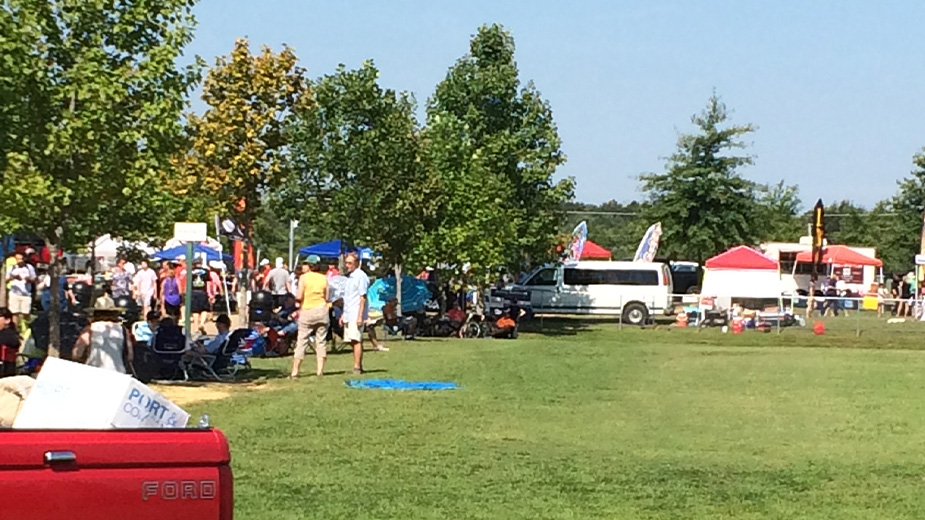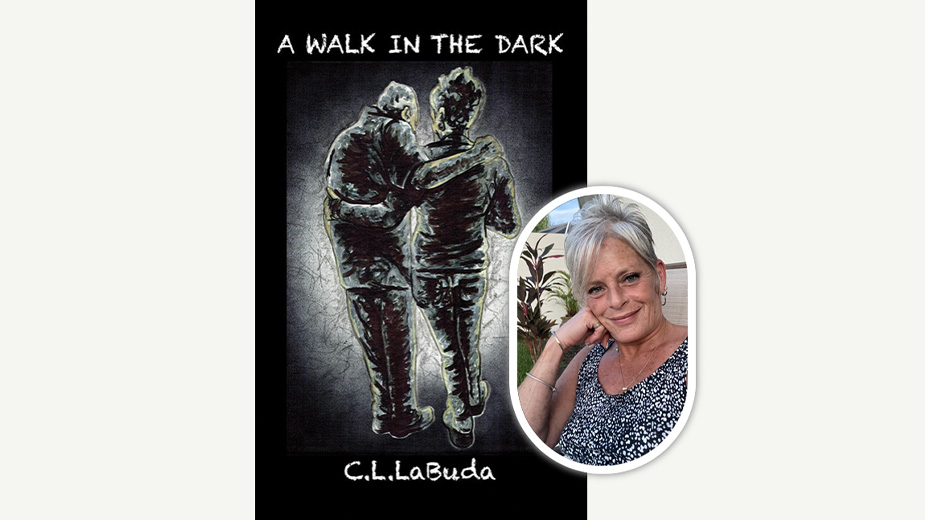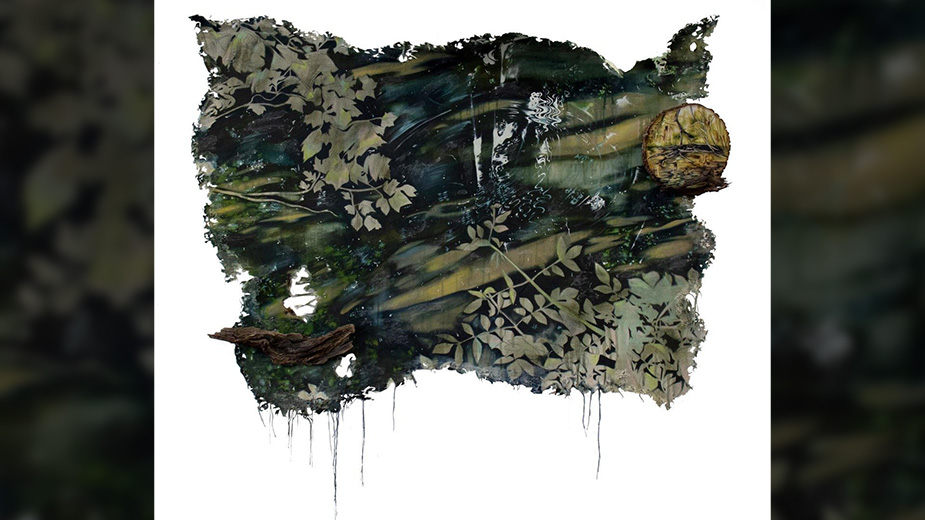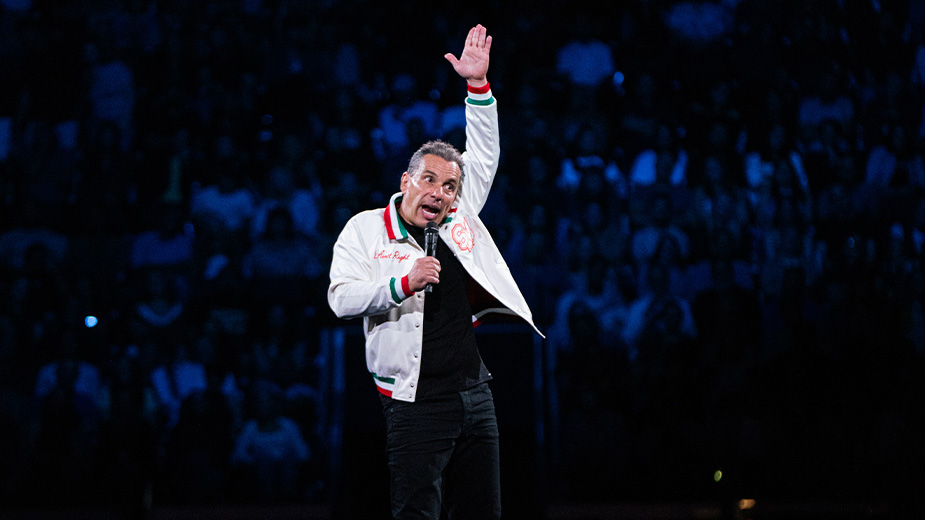Column: The Previous Eclipse Is Burned into My Memory
The last solar eclipse that was even remotely visible in Youngstown was in August 2017, and it was weak – around 80% totality.
But Nashville was on the centerline of its path, and eclipse devotees – including myself – descended upon it.
Of course, Music City has long been in the tourism business, so accommodating the influx of visitors was easy.
I had rented a hotel room about six months in advance. It was double the normal rate but still reasonable.
After I got to Nashville, I learned that Youngstown would get its own eclipse in seven years. But I had no regrets. Our neck of the woods only gets something like 14 sunny days a year, and this one was a sure thing.
Plus, it was also a chance to see Nashville – which had long been on my bucket list.
I made sure I packed eclipse glasses. The protective eyewear was scarce in Youngstown, and I paid at least $10.
I assumed they would be even harder to find in Nashville. I envisioned scalpers hawking them on street corners for exorbitant prices.
Wrong.
They were being sold on every corner – but for 50 cents apiece. Stores and bars were giving them away. They were strewn about the sidewalks.
In case you haven’t gotten your eyewear yet, they are available in every big box store for under $2. They are flimsy paper things, with “lenses” that let in zero light. But they allow you to see the moon slowly swallow the sun.
And they are necessary. You can’t look at the sun during an eclipse any more than you can look at it on any other day. You could permanently damage your eyes if you do.
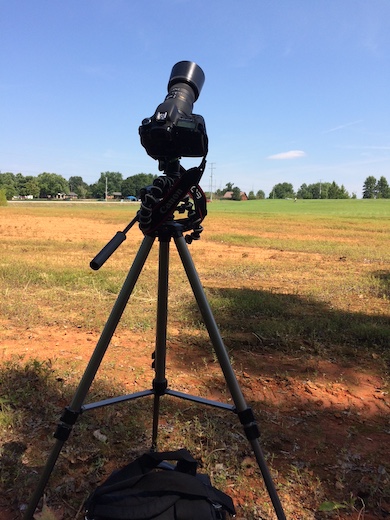
On the day of the eclipse, the sky was crystal clear, and it was a balmy 80 degrees. Central Tennessee in late summer is a pleasant place to be.
Hopefully, we will be so lucky here in northeastern Ohio on April 8.
For all of the hype and news coverage it gets, an eclipse is a simple thing. It goes exactly as advertised, and there’s not much to know.
It lasts two to three hours from start to finish. Its peak moments come and go in a half-hour.
It won’t change your life, but you will never forget it.
I will always remember watching the moon slowly slide into place so that it completely blocked the sun. When it did, I heard several people say, “It’s total,” and we took off our protective eyewear for the first time. The ring of fire was hanging in the darkened sky.
After about three minutes, the brilliant rays of the sun began peeking out from its other edge, and the eyewear had to go back on.
An eclipse demonstrates the power of the sun and how all humans and animals live according to its rhythms.
As it neared totality, there was a noticeable drop in the temperature. You could feel it on your skin.
Birds became silent.
The sun’s awesome power is most evident when it is completely eclipsed. Contrary to what some might say, the day does not turn into night. It’s more like dusk, because that tiny bit of “fire” spilling out from behind the moon is still bright enough to light the Earth at a low level.
I wondered how people would have reacted to an eclipse thousands of years ago. They had no idea what was happening, and it must have seemed like the end of the world. What a relief it must have been when the sun returned. There can be no life without it.
Watching an eclipse is a real-life science experiment that shows your position in the solar system.
I viewed it at a public event in a municipal park in White House, Tenn., about 20 miles north of Nashville, with thousands of other people.
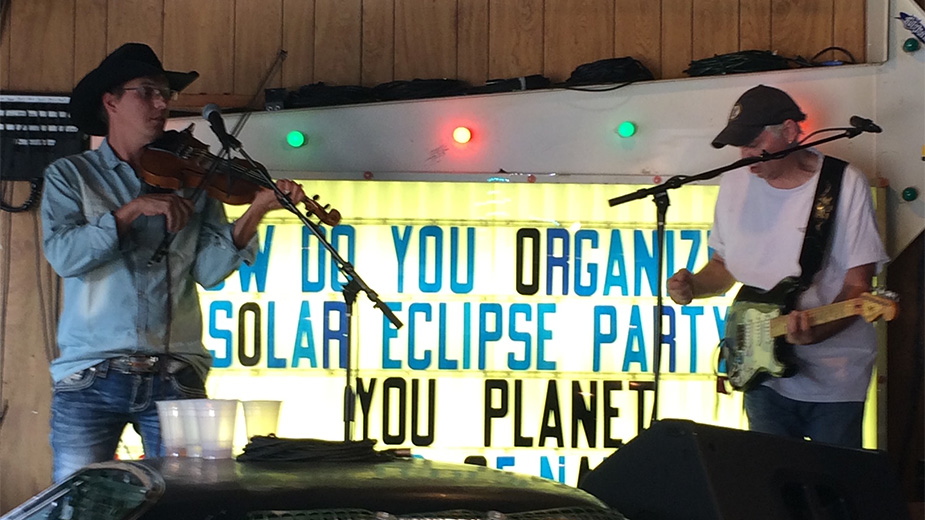
It was a communal experience. An announcer tracked its progress on loudspeakers, while vendors sold T-shirts and hot dogs. It was a carnival atmosphere.
But for the most part, people milled around by their cars. Many had set up cameras on tripods. Most of the folks there had made the drive from another state, just as I had. I suspect many of those same people will be driving again to witness the upcoming eclipse.
When it was over, everything went back to normal – like it never even happened.
The sun was shining, and it was time to get on the highway and head home.
That’s when the most unexpected thing about the whole trip happened.
More than a million people had driven to Tennessee for the eclipse, arriving over the course of a few days.
But they all decided to go home at the same time. And it resulted in what might have been the biggest traffic tie-up in U.S. history.
Minutes after the eclipse ended, in the early afternoon, at least 100,000 cars hopped on Interstate 65, heading north. As a result, it was stop and go all the way to Louisville, Ky., at least 150 miles away. That is no exaggeration.
After advancing maybe 15 miles in three hours, I hopped off the interstate and decided to meander eastbound on the country roads of southern Kentucky toward Lexington. I figured it couldn’t be any worse.
Unfortunately, thousands of other drivers had the same idea. I had simply traded one endless tie-up for another.
I eventually made it back to gridlocked I-65. After advancing 50 miles in three hours, I pulled into a Pilot travel center near Sonora, Ky., as the sun was setting. I wound up being stuck there all night.
At one point, I asked a waitress if there was a side road that I could take as a shortcut to the north. She replied in the affirmative, but highly advised against it.
It was a two-lane blacktop, and it would be slow going, she warned. It ran through hilly and forested country and had countless hairpin curves.
“Your nose will touch your butt,” as she colorfully put it.
By 5:30 a.m., traffic on the interstate was finally moving freely. One trucker told me that in his 30 years of driving, he had never seen an interstate paralyzed to that extent.
I filled up the tank and headed home.
Pictured at top: The scene at a park in White House, Tenn., where eclipse watchers gathered Aug. 21, 2017.
Copyright 2024 The Business Journal, Youngstown, Ohio.
